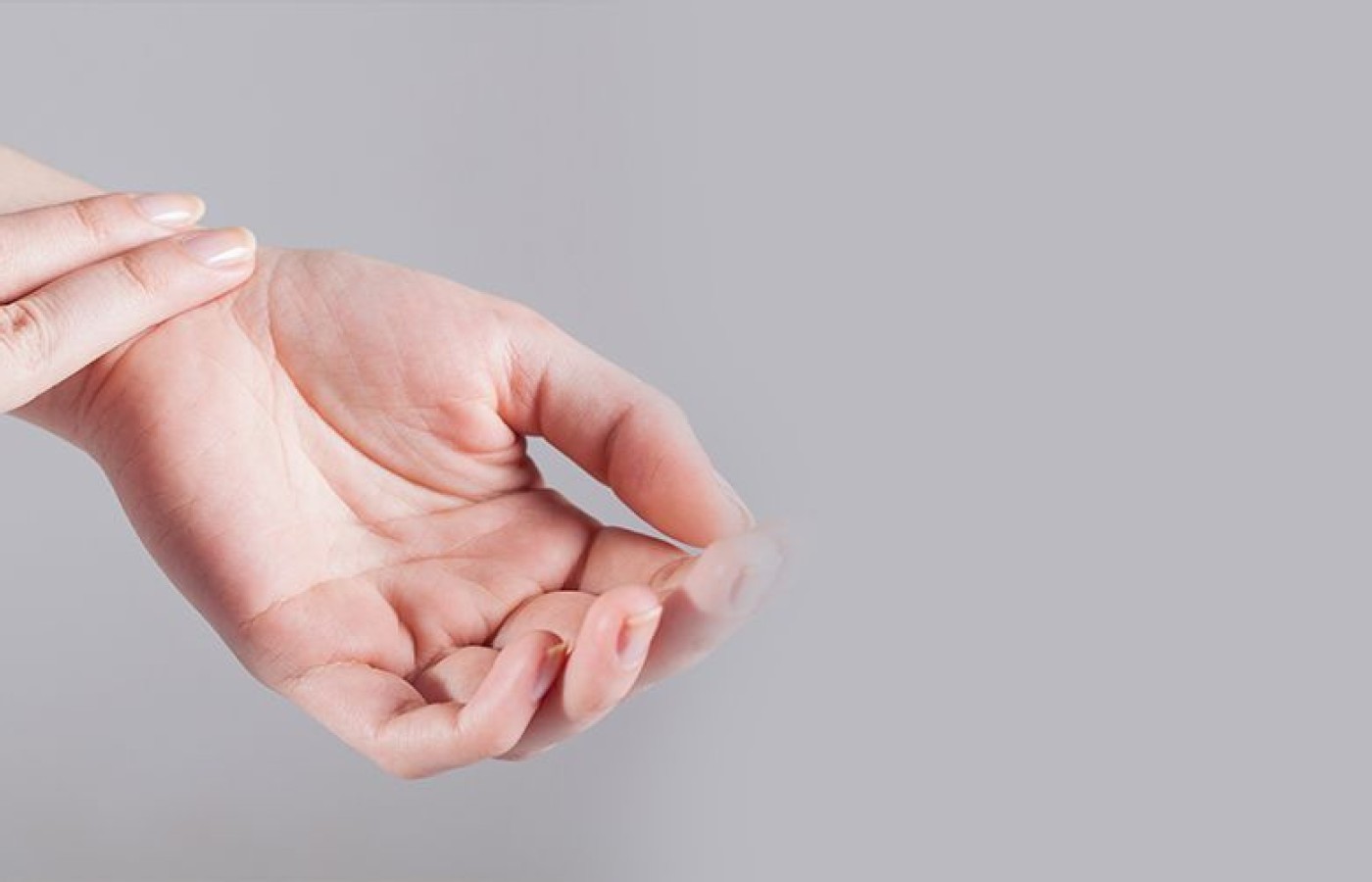Whether you accept it, avoid it or live somewhere in between, insurance coverage has become a defining issue for our profession. Patients increasingly expect to use their benefits, practitioners want to be compensated fairly for their time and expertise, and the system itself remains – at best – fragmented. The encouraging news is that coverage has expanded in meaningful ways. The challenging news is that reimbursement, across the board, remains inadequate.
The Best Way to Learn Accurate Pulse Diagnosis: Start With Your Own
Pulse diagnosis has played a great role in traditional Chinese medicine ever since its beginning, more than two thousand years ago; and while it has been a staple of diagnostic methods in TCM all these years, guides on pulse diagnosis have been employing somewhat confusing metaphors to classify pulse qualities.1
Some pulses are usually easy to identify in real life, such as regularly irregular or irregularly irregular pulse;2 but others, such as sunken, tight, soggy pulse qualities,3 are not as clear. Certain books do an excellent job connecting pulse diagnosis with other concepts of TCM, particularly the Zang and Fu organs,4-5 but modern acupuncture practitioners appear to rely more on other diagnostic techniques and use pulse diagnosis only as a supplementary method6 – which is understandable considering the Nei Jing describes more than 30 pulse types.3
The Limitations of Objective Pulse Diagnosis

Perhaps the problem lies in modern technological advances, whose presence is distinctly visible in recent research studies, many of which try to analyze pulse diagnosis using such devices as the SphygmoCor apparatus7 or a "pulse-taking instrument with tactile sensors."8
Researchers have been trying to standardize the types of pulse to make diagnosis by pulse simpler, more objective and reliable (which may very well lead to fruitful outcomes), but they have been only modestly successful so far. As surprising as it may appear, for clinical efficiency, going the other way, toward further subjectivity of pulse diagnosis, may be a better approach.
Subjective Pulse Diagnosis: The Crucial Distinction
When I studied at a Buddhist temple, the monks would begin learning any new diagnostic or treatment method on themselves – for example, taking their own pulse when they were hungry and then again after they ate; when they needed to use the restroom and then again after they did. They recorded their findings in personal journals, which they used extensively, using their own words. The goal was to identify and then memorize the differences in pulse qualities.
The crucial distinction between repeatedly taking one's own pulse versus taking classmates' and patients' pulses is that you know what you did prior to taking your pulse, thus registering possible causes and their effects as they occur. You can't possibly know the order and nature of other people's activities as well as you do your own.
After spending months or even years taking one's own pulse, you will become keenly aware of the changes that occur in your pulse after you eat, say, soup or, for example, French fries; when you feel tired vs. after you've rested; and so on. Whenever you feel a headache or have a head cold, for instance, you will immediately notice those changes in pulse that are beyond physiological. (You will suspect pathology in such cases.)
However, when you keep taking other people's pulses, you are unaware of the circumstances that caused various pulse qualities, thus significantly increasing the time you will need to spend taking their pulses until you can make the cause-and-effect connections in your mind.
Comparing all the changes you recognize in yourself, you will realize that their descriptions go well beyond the brief definitions you can find in even the most elaborately written textbooks, and the entries you've made in your personal journal will serve as keys to your memories, rather than actual descriptions.
Admittedly, everyone's pulse feels different in many ways, but there are certain qualities among physiological and pathological changes in pulses that really stand out from the multitude of other qualities, and you will be able to recognize many of them.
Unfortunately, the only way to learn pathological pulses is by taking your patients' pulse, but by knowing your own physiological pulse qualities, you will have multiple reliable points of reference.
Clinical Pearls
This extremely subjective, but very methodical approach to studying pulses through the comparison of your own pulse qualities as reactions to various activities of your day-to-day life can help you develop a confident "gut feeling" about your pulse diagnosis.
While you will not always be able to put your personal-experience knowledge into words — and even less so into the words that others would be able to use, unfortunately — you will be able to detect and analyze various trends among the changes in your own pulse, which appear to be transferable to your patients' pulses and therefore become surprisingly objective, not to mention useful.
References
- Chung YF, Hu CS, Yeh CC, Luo CH. How to standardize the pulse-taking method of traditional Chinese medicine pulse diagnosis. Computers in Biol Med, 2013;43(4):342-349.
- Flaws B. The Secret of Chinese Pulse Diagnosis. Blue Poppy Enterprises, Inc., 1995.
- Hsu E. Pulse Diagnosis in Early Chinese Medicine: The Telling Touch (Vol. 68). Cambridge University Press, 2010.
- Jeon YJ, Kim JU, Lee HJ, et al. A clinical study of the pulse wave characteristics at the three pulse diagnosis positions of Chon, Gwan and Cheok. Evid Based Complement Alternat Med, 2011;2011:904056.
- Li S. Pulse Diagnosis. Paradigm Publications, 1985.
- Tang ACY. “Review of Traditional Chinese Medicine Pulse Diagnosis Quantification.” In: Saad M, De Medeiros R (editors): Complementary Therapies for the Contemporary Healthcare, 2012.
- Walsh S, King E. Pulse Diagnosis E-Book: A Clinical Guide. Elsevier Health Sciences, 2007.
- Wang H, Cheng Y. A Quantitative System for Pulse Diagnosis in Traditional Chinese Medicine.” 2005 IEEE Engineering in Medicine and Biology 27th Annual Conference.



